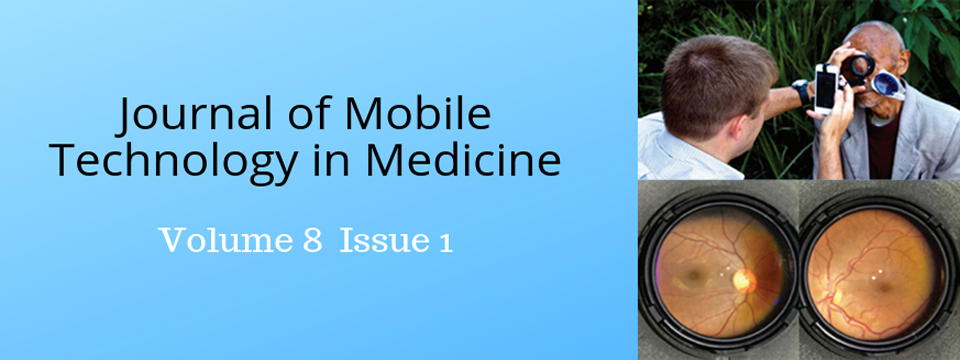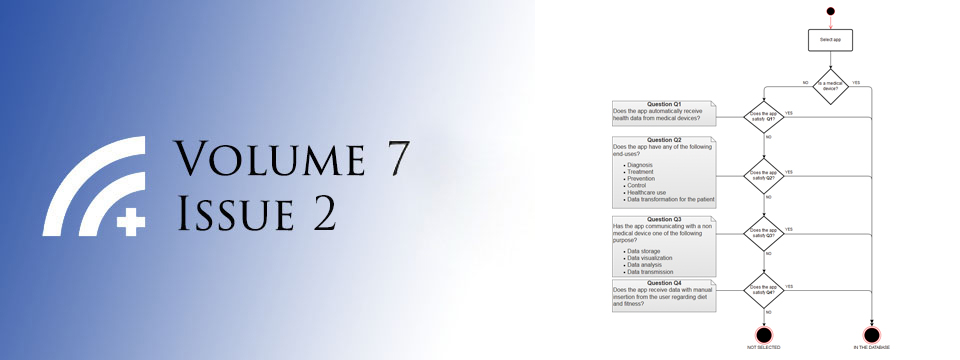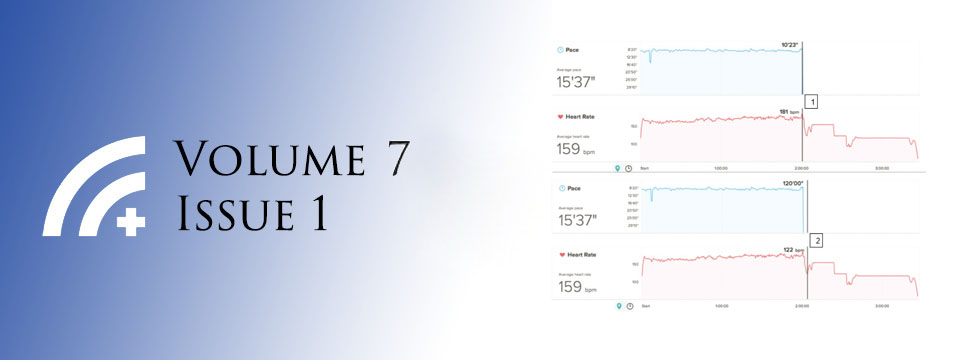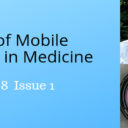Posted on Jul 28, 2023 in Original Article |
Reuben J. Chen MBBS, MSc1
1Department of Surgery, St Vincent’s Hospital Melbourne, Fitzroy 3065, Australia
Corresponding Author: reubenchen7@gmail.com
Health services in remote and austere settings are challenged by limited resources and geographic distance. Lack of investigative tools or local specialist care may impede timely diagnoses or focused treatment. Teleultrasound is an effective tool to overcome these obstacles, permitting trained experts to provide guidance to isolated environments. This paper reports on the many applications of teleultrasound and recent developments in the field.
Keywords: teleultrasound, remote, austere, mobile
Posted on Jul 25, 2023 in Original Article |
Ulf Gerhardt1, Thomas Gerlitzki2, Ruediger Breitschwerdt3, Oliver Thomas1
1Information Management & Information Systems, Osnabrueck University, Germany
2Universitätsklinikum Hamburg-Eppendorf, Hamburg University, Germany
3Wilhelm Büchner Hochschule – Mobile University of Technology, Faculty of Informatics, Darmstadt, Germany
Corresponding Author: ulfgerhardt@uni-osnabrueck.de
Background: In rural areas, a considerable lack of therapy and self-help facilities has been described with regard to drug dependence treatment. Mobile technologies are supposed to bridge geographical distances and improve access to healthcare.
Aim: The paper therefore aims to compare conventional vs. mHealth supported delivery processes in drug dependence treatment.
Methods: We use BPMN process modelling to compare usual vs. mHealth assisted treatment pathways for drug addiction. The details of mHealth support (mHealth configuration, monitoring, interventions, information processing) are also demonstrated.
Results: The paper shows (1) that the medical treatment gap mainly occurs at the interface between inpatient and outpatient care and (2) that mHealth support eliminates this interface problem. mHealth effectively supports drug dependence treatment in rural areas.
Conclusion: The paper demonstrates an mHealth based optimization of a complex treatment process. Our approach is also expected to improve theoretical and practical knowledge in mHealth service engineering.
Keywords: patient-therapist collaboration, mHealth, clinical pathway, drug addiction, BPMN, interface
Posted on Apr 19, 2013 in Editorial |
Rahul Chakrabarti1, Chandrashan Perera1
1Editor-In-Chief. Journal of Mobile Technology in Medicine
Corresponding Author: rahul@journalmtm.com
JournalMTM 2:1:1-2, 2013
DOI:10.7309/jmtm.2.1.1
The ever increasing global interest integrating mobile health is evidenced by a shift in the paradigm from one of curiosity to establishing an evidence base for its use. Not surprisingly, over the last past three months there have been several major publications in journals with a broad medical readership that have commented on the evidence for mHealth interventions. Most notably, Free and colleagues from the London School of Hygiene and Tropical Medicine published two excellent meta-analyses in PLoS Medicine quantifying the effectiveness of mHealth interventions. The studies concluded that presently there are few studies of high methodological quality in the field of mHealth. The limited strength of evidence was in support of using Short Message Service (SMS) reminder to improve patient attendance, facilitating communication amongst health professionals, and improving patient adherence to medication (in the context of anti-retroviral treatment in HIV).(1, 2) The authors highlighted major methodological limitations and lack of scientific rigour in study design and analysis the lack of objective clinical outcomes, and the heterogeneity between reported outcomes amongst studies with similar interventions. Importantly, few studies were conducted in low-resource settings, where mHealth is well positioned to have a large impact.
Posted on Jul 28, 2023 in Original Article |
Lori Giles-Smith BA (Hons), MLIS1, Andrea Spencer RN, BN2
1University of Manitoba, Winnipeg, MB, Canada
2Health Sciences Centre, Winnipeg, MB, Canada
Corresponding Author: lori.giles-smith@umanitoba.ca
Background: A 2017 study by Giles-Smith et al examining nurse use of and attitudes towards mobile devices at the bedside revealed nurses were reluctant to use mobile devices due to concerns patients would view such device use negatively.
Aims: To explore whether the concerns expressed in the 2017 study regarding mobile device use by healthcare professionals were valid, a qualitative study was conducted to determine patient attitudes towards healthcare professionals’ use of mobile devices at the bedside.
Methods: Short interviews were conducted with 30 inpatients on medical and surgical units at a community hospital in Winnipeg, MB, Canada. Questions captured the inpatients’ socio-demographic data, experiences with healthcare providers using mobile devices during their current stay, and opinions on the use of mobile devices by healthcare providers. The qualitative responses were analysed and coded to determine themes.
Results: Thirty (30) inpatients completed the interviews. Few inpatients reported observing mobile devices use during their current hospital stay. Participants were supportive of the idea of mobile device use in the hospital setting but felt use should be restricted to professional purposes. Results showed a high degree of confidence among patients in the professionalism of their healthcare professionals.
Conclusion: Patients expressed an acceptance of mobile device use in hospitals as a natural extension of the increasing prevalence of technology in modern society. As mobile device use in hospitals increases, healthcare policies that outline acceptable use and protect patient privacy will be necessary. Education will play an important role in improving patient understanding of how mobile devices are used at the bedside.
Keywords: Inpatients, attitude, qualitative research, surveys and questionnaires, mobile devices
Posted on Jul 18, 2019 in Featured |

The Editorial Board at the Journal of Mobile Technology in Medicine is proud to present Volume 8, Issue 1. Mobile technology in Medicine is a rapidly developing area, and we hope to continue accelerating research in the field. We look forward to your submissions for Issue 2.
Posted on Apr 19, 2013 in Original Article |
Nicole Koehler1, Olga Vujovic2, Christine McMenamin3
1Assessment and Learning Design, Deakin Learning Futures, Deakin University, Burwood Campus, Victoria, Australia 2Department of Infectious Diseases, Alfred Hospital, Victoria, Australia 3Faculty of Medicine, Nursing & Health Sciences, Monash University, Victoria, Australia
Corresponding Author: nicole.koehler@deakin.edu.au
DOI:10.7309/jmtm.2.1.2
Background: Over the last few years mobile phone applications have been designed for healthcare professionals. However, little is known in regards to healthcare professionals’ use of and attitudes towards using smartphones (and applications) within clinical practice. Thus the aims of the present study were to enumerate the number of healthcare professionals that use mobile phones within clinical practice and their attitudes towards using them. Furthermore, given that the internet preceded smartphones, we also established healthcare professionals’ attitudes towards internet use in clinical practice as a comparison.
Method: Forty-three healthcare professionals from a range of disciplines and specialities who were predominantly working in Australia completed an anonymous online survey.
Results: Ninety-one per cent of healthcare professionals owned a mobile phone of which 87% used it during clinical practice. No healthcare professional was supplied with a smartphone by their clinical/healthcare workplace. Consequently they used their privately owned device. For ten out of eleven analogous statements healthcare professionals had significantly more positive attitudes towards internet than mobile phone use in clinical practice. However, attitudes for eight of the ten statements pertaining to mobile phone use were positive. Mobile phones were perceived negatively in regard to confidentiality. Furthermore, healthcare professionals’ also had the perception that patients may think that they are using their mobile for non-medical purposes.
Conclusion: Mobiles, including smartphones, are commonly used within clinical practice and at present most healthcare professionals use their privately owned device. Despite healthcare professionals having more positive attitudes toward internet use, their attitudes towards mobile use were largely positive. Our results suggest that mobile phone use, in particular smartphone use, within clinical practice is likely to increase in the future.









